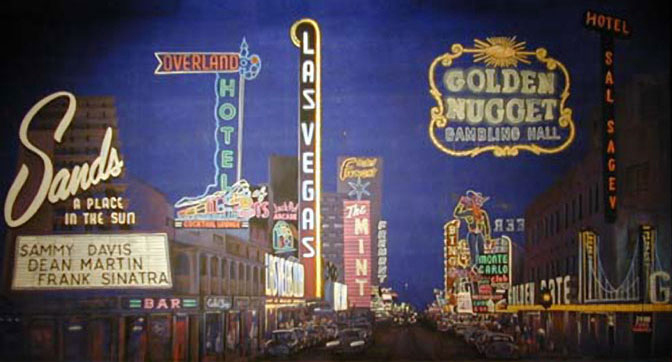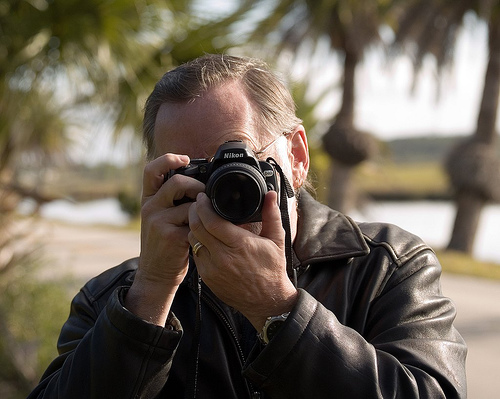
What's New
10 things I know are true but cannot prove2
A Sad Commentary (RE: COVID-19 Virus)
Guest Writers
Microbiologist Robert Todd on the Corona Virus
Past Articles
10 things I know are true but cannot prove
5 Things I know are true but canít prove
5 More Things I know are true but can't prove
A Separate IRS Code Section501(C)(3)Entity
Casino Chip and Gaming Token Collectors Club Name Change
10 Ideas that might improve our club and convention
10 statements I know that are true but I canít prove!
10 statements I know that are true but I canít prove II
10 statements I know that are true but I canít prove III
10 statements I know that are true but I canít prove IV
10 statements I know are true but can't prove! V
The California Hotel & Casino & the Redwood Bar & Grill
Review of The Chip Rack Ė 11th Edition
The Entertainment Capital of the World
It truly is a small world!
The Hat & Cane 50 Cent Fremont
50 Centers
A Jerry's Nugget $5 Chip
Auctions
Cal's
Collecting $2.50 Chips
Cotton Club
Jolly Trolley
New Chip Finds
No Cash Value
Observation #1 Chip Rack 10th Edition
Observation #2 - The Building Fund
Observation #3 Poker & Federal Taxes
Our Bar
Paintbrush
Reference Books Review of The Official U.S. Casino Chip Price Guide
Setting the Record Straight - Part I Background
Setting the Record Straight - Part II The Castaways

Digital Cameras
The following article was posted by Jim on The Chip Board on April 18th, 2003
Well, I finally did it! I purchased a digital camera. It is a Fujifilm FinePix 3800. 3.2 Million Effective pixels; 6X Optical and 3.2 Digital zoom. Now the purpose of my telling you this is not to announce my camera purchase but to share some very interesting information I learned in researching these pieces of equipment. It would be to your benefit to print this article out if you contemplate purchasing a digital camera in the near future.
I am sure John Yee and the other "digital" experts know what I am about to share with you. However, I did not know nor I would bet YOU do not know the following facts involving digital cameras.
1) Most people will purchase a digital camera with 5.0 or even greater million effective pixels thereby spending much more money than needed. If you are going to print pictures up to 11 X 14 or smaller YOU don't need anything more than 3.0. The 4.0, 5.0 etc. are needed if your are going to PRINT banners or huge pictures and want to retain the detail. How many of us are going to do that? Most of us will print 4 X 6 or 8 X 10. Why spend hundreds of dollars extra for the overkill when you don't need it? The main point is 5.0 or 4.0 etc. usually is used by us lay people to determine printing quality. If you are not going to print greater than 8 X 10 save your money. You cannot tell the difference in an 8 X 10 shot with a 3.0 or 4.0 0r 5.0 megapixel camera. If anyone tells you different they are not being truthful.
2) Optical zoom is important. It is far more important than digital zoom. In fact digital zoom really means very little. Digital zoom comes into play AFTER a picture is taken. Lets say you want to check the picture you just took. You would use the digital zoom to enlarge it in the LCD monitor. Look for a little bigger LCD monitor rather than greater digital zoom. Most people will use their digital zoom to check for "red" eye in their flash pictures. Also, to check a picture to see if you got what you wanted in the picture. Optical zoom uses the optics or lens of the camera to move you closer to your subject. This is the important feature of the camera not digital zoom.
3) Many of the new printers not yet out are going to utilize the xd - picture card. It's the film thing you put in the camera. What we use to call film. Sony has a "stick" and other companies something else. Right now you will probably have to purchase a cf card adapter if you buy a printer so that you can print pictures NOW. I recommend you purchase a camera that utilizes the xd - picture card it is the format of the future.
4) The camera I bought is USB or Universal Serial Bus. Most of us are familiar with USB since we hook our scanners, modem, external hard drives, etc. with this technique. I have discovered you are better off purchasing a separate uploader rather than putting the wear and tear on your camera when transferring your pictures to the computer. The uploaders are around $20.00 to $25.00 and worth every penny. The higher end printers can also be used to transfer your pictures to the computer as well as print WITHOUT using your computer at all. If the camera you want to buy has firewire - OK but you better make sure your computer has a port for it.
5) Always keep the camera set to its highest resolution. You may not be able to take as many pictures but you will retain the quality of the pictures you do take. Once you take the picture you can NEVER increase its quality! Quality is quality you may be able to mask it but you can not replace it.
The most important piece of information involving digital cameras, in my opinion, that I can share with you is file size.
Most middle priced to low end cameras save the picture you take in the JPEG format. JPEG stands for Joint Photographic Experts Group. It is a trade off method of storing your pictures because it saves space and allows you to record more images on the memory card. I am sure, if you upload scans here on Greg's board, you are familiar with the JPEG format for storing and sending images.
The most important fact you should take away from the information I am sharing with you, even if you NEVER buy a digital camera, is EVERY TIME YOU OPEN A JPEG FILE TO EDIT IT AND THEN SAVE IT - IT LOSES QUALITY. Overtime it will lose its quality to the point of becoming a "horrible mess" of a photo that has no resemblance to the original picture that was first taken.
The reason it loses quality is because JPEG reinterprets the picture so that it doesn't have to record exact data for every pixel in the image. Ultimately this results in lost information that is replaced in the process with little color anomalies that seem to resemble film grains. Eventually the entire image loses its quality and in the end will become a "terrible" looking photo. If you ever ask yourself "what's happening to my image file? It does not look like the photo I took?" you will understand the significance of what I am sharing with you.
There are several ways to avoid the slow deterioration of your photo images.
1) The first time you open a JPEG image re-save it to a "lose less format". It has been suggested to use the TIFF file save or Tagged Image File Format. The tagged image file format or TIFF will record every pixel in the exact shade of the 16 million possible colors that the image sensor in your camera can capture. Every time you save a TIFF file it will look exactly the same as the first time you opened it. No loss of picture quality or deterioration of the image.
However, there is a trade off. It takes much more space on your computer to save a TIFF file than a JPEG file. So much space that you will never want to send anyone a photo or scan in the TIFF file method because it will take them forever to download. Unless of course you don't like the person you're sending the image file too than file size will not make any difference.
2) Another way to avoid the loss of quality of the JPEG file is to transfer the file to a CD. Once transferred to a CD the deterioration is stopped. What I learned is to save the original JPEG file in the TIFF mode and than transfer the TIFF image file to a CD. You may also just transfer the JPEG file to a CD and avoid the TIFF file save altogether. It's up to you. Once you have the images on the CD the quality loss is stopped.
I know many here on the board save their scans in the JPEG format and might open and re-save the file many times. If you want to save the quality of those scans or photos follow the information I have shared with you. A scan can probably be replaced if it should lose its quality by doing it over. The photo once taken can never be retaken - not ever.
Well that's it for now. There is much more to learn. Learning as all of you know is an ongoing process that never stops. I have tried to share what I felt are the most important concepts one should know in wanting to START to learn about digital cameras.
I received an email from one of our board members Bob Touts who shared with me that this months issue of consumer reports has information about digital cameras. Perhaps you might want to pick up a copy and see if it contains additional information that could be useful in the learning process.
I enjoyed sharing the information and hope those who are interested got something out of it.